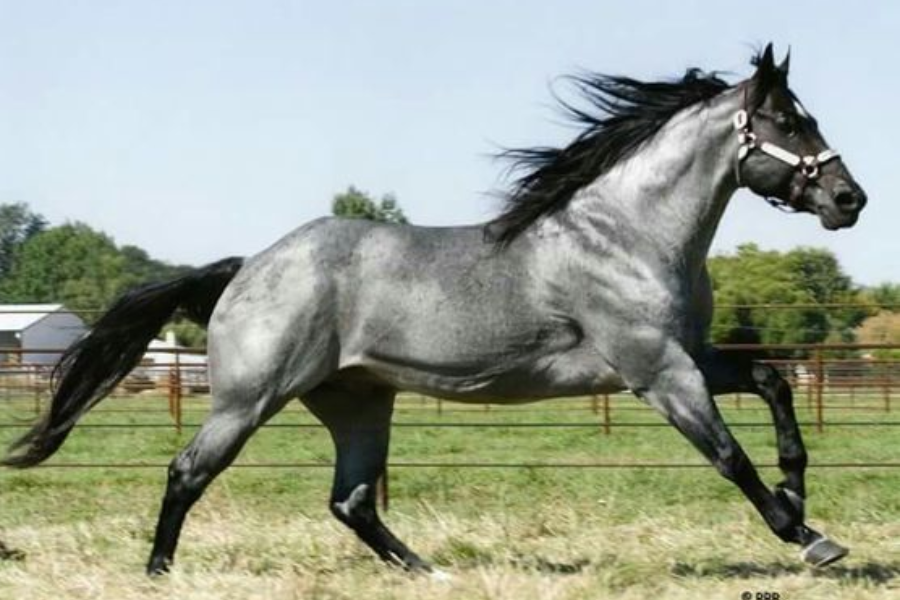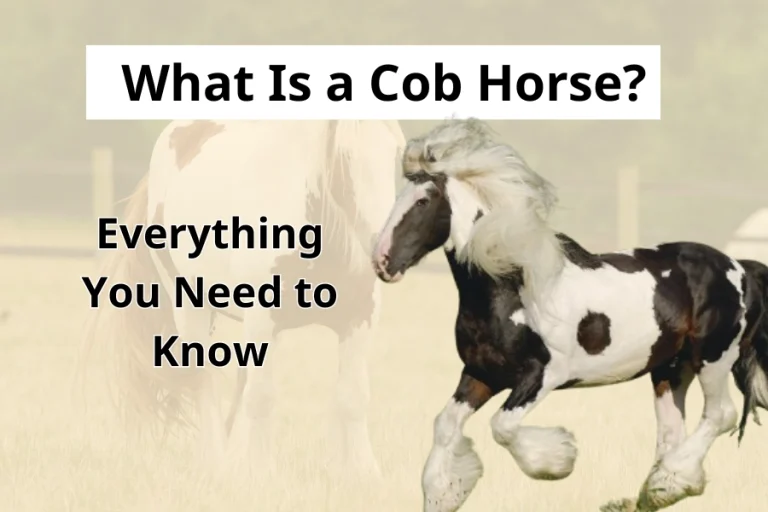Why Blue Roan Horses Are Favored?

Blue roan horses allure equestrians and steed fans with their unique look. Their coat has a striking mix of white and black hairs. This unique coloring, along with their mane, tail, and legs frequently being darker, sets them piecemeal and adds an air of elegance and riddle. Beyond looks, blue roans are prized for their rarity, speed, and versatility, making them popular in Western equestrian conditioning like cutting, reining, and rodeo. Their appeal lies in their genetics, history, and part in equestrian sports.
Let’s explore what makes these stunning horses unique and why blue roan horses are favored worldwide, from their genetics and history to their places in Western sports and conservation issues.
What Are Blue Roan Horse’s Origins?

A blue roan horse is characterized by an even mix of black and white hairs on the body, giving it a distinctive blue-gray appearance. A lighter silver-gray to a darker slate-blue can be the hue, depending on how much black hair there is compared to white. Interestingly, blue roans generally have solid black or dark points, similar to the mane, tail, and lower legs, in contrast to their lighter body color.
The exact origin of the blue roan horse’s coat color is still a mystery to a certain degree, their history is rich. There are 3 possible theories of the blue roan horses’ origin, including:
- Natural Mutation: The roan gene could have emerged as a spontaneous mutation in an ancient horse population.
- Geographic Isolation: Isolated horse populations may have developed different roan coat variations. This could have led to unique color combinations, like blue roan.
- Selective Breeding: Through selective breeding, humans may have contributed to the development of the blue roan color by choosing horses with this unique look.
Why Blue Roan Horses Are Favored

Roan Gene Requires Unique Genetics
The roan color pattern is a dominant particularity represented by the Rn allele, seen in mottle blue roan nags. It results from the roan gene and can not appear in foals from non-roan parents, anyhow of their ancestors. The primary base colors are red, black, and bay, which combine with the roan gene to produce red, blue, and bay roans. So two non-roan parents can not produce a roan foal. This explains why this kind of beautiful blue-roan horse is so distinct and favored.
Their Striking & Unique Appearance
The combination of black and white hairs creates a beautiful bluish-gray coat that sets them apart from other horses. Their distinctive coloring, with a dark mane, tail, and legs, adds elegance and mystery. It makes them very appealing.
Their Athletic Abilities & Versatility
Besides their beauty, blue roan horses are prized for their athleticism and versatility. They excel in many equestrian disciplines, especially Western sports such as cutting, reining, and rodeo. Their strength, fast ability, and adaptable nature make them excellent partners for both best horse riders in contests and recreational riders.
Rarity Of The Horse Breed
Blue horses are not the rarest breed of horse, but they are still very rare and are popular with breeders and collectors. Their unique coloration makes them more appealing. It fascinates equestrian fans. The beauty, rarity, and performance capabilities make these intelligent horses highly sought after in the equestrian community.
10 Popular Types With Blue Roan Horse Coloring

Numerous types of horses have the eye-catching and special coat pattern known as blue roan coloration. The distinctive coat may be seen in numerous horse groups, from muscular draft horses to nimble ponies, which enhances their already varied and alluring traits. These are 10 popular types with blue roan horse coloring.
- Quarter Horse: The blue-roan steed of the American Quarter steed is a common sight. Renowned for their exceptional speed in short distances, they’re a favorite in rodeo events. Their strong figure and calm nature make them excellent at working and riding horses.
- American Paint Horse: Known for their distinctive patterns, American Paint Horses frequently feature blue roan coloring. They’re popular for their vibrant coats and friendly disposition, outstripping in a variety of disciplines from riding to show events.
- Mustang: Wild and free, Mustangs can showcase beautiful blue roan coats. These horses, descendants of formerly-tamed stock, are rugged and flexible, embodying the spirit of the American West.
- Percheron: This draft breed from France can be set up in blue roan. Percherons are honored for their strength, firstly used for heavy ranch work and as war horses.
- Tennessee Walking Horse: Blue-roan Tennessee Walking Horses are amazing appearance animals, and they are well-known for their fluid gaits, such as the unusual handling walk. They’re popular for both show and rest riding.
- Missouri Fox Trotter: Renowned for their comfortable foxtrot gait, Missouri Foxtrotters with blue roan coloring are both seductive and practical, perfect for long trail lifts.
- Paso Fino: Originating from Spanish horses, Paso Finos are celebrated for their natural, smooth four-beat gait. Blue roan adds a fantastic touch to their graceful appearance.
- American Saddlebred: Blue roan American Saddlebreds are also available. They’re noted for being gregarious. Their vigor and style have made them popular in the show ring
- Breton: Originating from Brittany, France, Bretons are generally used for draft and farm work. While blue roan is rare in this breed, it’s largely valued for its stunning appearance.
- Brabant: Similar to the Belgian draft, Brabants are strong, heavy horses frequently seen in pulling competitions. Blue roan gives them an especially majestic look.
FAQs
Description A blue roan horse’s coat might look lighter or darker in different seasons. But, their base color never changes. This conflict happens as a result of their coat’s seasonal changes in consistency, which alters how visible the black and white hairs are. This block. Use this space to describe your block. Any text will do. Description for this block. You can use this space to describe your block.
With many adjustments for their distinct coat color, care for a blue roan horse is identical to minding for any other horse. To keep their gorgeous appearance and to keep dirt and debris out of their coats, regular grooming is necessary. furnishing shade or applying UV-defensive sprays will help keep their brilliant coloring, as their dark spots can fade with sun exposure.
The cost of a blue roan horse can differ significantly based on its strain, age, training, and place of birth. When making a buying decision, it’s important to take into account all features of the horse rather than only concentrating on color, indeed though their striking look might ameliorate their appeal.
Final words
For times, horse enthusiasts have been allured by the special and interesting color diversity of blue roan horses. The distinctive tinge of their coats and their rigidity to different types and conditioning make blue roans a favorite among horseback riders indeed. Really, these horses leave a continuing impact, whether you’re allowing bringing a blue roan horse into your stable or just enjoying their beauty.



